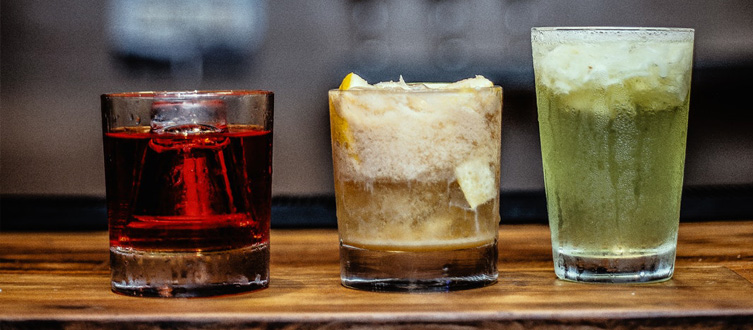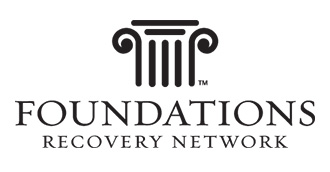Recent studies on college drinking facts will surprise you. Now, more than ever students need help to maintain sobriety on campus.
In the United States, college is almost universally understood to be a period in a person's life when they experiment with new, and often risky, behavior -- and drinking alcohol tops the list. Despite the fact that it's illegal for anyone under the age of 21 to purchase alcohol, keg parties and other opportunities to drink -- often to excess -- abound on college campuses across the nation.
Drinking on campus is nothing new, but recent decades have seen a sharp uptick in some pretty alarming college drinking facts. Read on to learn about the trends in drinking that are putting teens and young adults at risk.
3 College Drinking Facts That Will Shock You
Think you're hip to what happens on college campuses? You may not be as informed as you'd like to be. For parents of college kids, these statistics can be frightening -- but understanding how and why students drink is important.
One. Binge Drinking
While older adults are likely to have a glass of wine with dinner, or an after-work cocktail with colleagues, students tend to drink solely for the purpose of getting drunk. A study by the National Institute of Alcohol Abuse and Alcoholism found that some 40% of college students had engaged in binge drinking at least once in the two weeks prior to the survey.
What defines a binge? Blood alcohol concentration (BAC) of 0.08 grams per 100 ounces of blood. For women, this equates to four or more drinks in two hours; for men, five or more drinks in the same span of time.
The CDC reports that fully 90% of all alcohol consumed by people age 12-20 is consumed through binge drinking.
Two. So-Called "Drunkorexia"
This term, adapted from the eating disorder anorexia nervosa, refers to the practice of not eating, or eating less, in order to drink more. Young adults who engage in "drunkorexic" behavior do so for two distinct reasons. Some of them skip meals so that when they start drinking, it's on an empty stomach -- which means they can get drunker faster.
Other "drunkorexics" budget a certain number of calories for alcohol, often at the expense of more nutritious calories from food, in the pursuit of weight loss goals. No matter what the intent behind their behavior, drunkorexia isn't healthyM.
Three. Alcohol's Role in Hazing
In 2017, a Penn State sophomore died during initiation into the Beta Theta Pi fraternity. Tim Piazza, 19, consumed some 18 drinks in just 90 minutes before falling down a flight of stairs and losing consciousness. Over the next 12 hours, Piazza fell repeatedly, hitting his head against iron railings and stone floors.
When his fraternity brothers finally sought medical attention for Piazza, he was found to have a ruptured spleen and class IV hemorrhagic shock. His brain had swollen so severely that surgeons removed half of his skull to relieve the pressure. Unfortunately, the injuries that Piazza sustained were too great, and he died just two days after the hazing began.
Although Piazza's death was highly publicized, and nearly 30 people were prosecuted for their roles in the hazing, this incident isn't isolated. Similar deaths occur every year during fraternity and sorority initiations.
Final Thoughts
Do you have a child who is headed to college? Educate yourself about teenage drinking behavior and college drinking facts, and talk with your child about the dangers of drinking irresponsibly.
If you or someone in your family is considering treatment for alcohol abuse, contact us for confidential and compassionate help.






COMMENTS